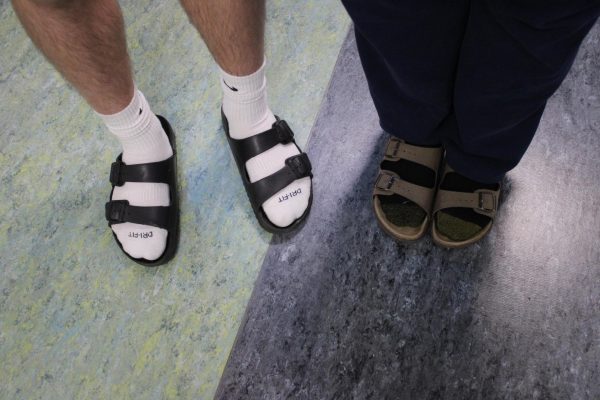Virtual Reality: Possibilities of a Real Fake World
Technology gets more and more advanced by the day, and we just so happen to be in the age where the beginnings of virtual reality is a spectacle we can all observe. We started from cardboard boxes and moved to wires, headsets, and gloves. Yes, this is expensive and detailed technology, but a lot of engineers would tell you it’s just the tip of the iceberg. We’ve only grazed the virtual possibilities for the modern-day world.
Let’s start from the beginning. Virtual reality as we know it originates as far back as the 1800s. According to the Franklin Institute, in 1838, the first “stereoscope” was invented, using twin mirrors to project one image. Even with these developments, it took until 1939 to create a widespread “virtual reality” device, the View-Master. The use of the actual words “virtual reality” started in the 1980s, when Jaron Lanier, founder of VPL Research, started developing goggles and gloves needed to experience virtual reality.
VR is used heavily in gaming today, but it doesn’t stop there. Besides gaming, it’s mainly used in five fields in society: military, sport, mental health, medical training, and education. According to the UK-based “FDM Group,” which received five company awards in 2020 and nine in 2019, virtual reality is used in training in all branches of military service.
Virtual reality is also being used for treating post-traumatic stress disease (PTSD) with traumatizing events, and Virtual Reality Exposure Therapy (VRET) has helped soldiers coming back from battle manage their painful memories. In sports, coaches have used virtual simulations to get the best results out of their game plan, and unlike the real world, they can try over and over again until they get better results at no cost.
In medical fields, young students have begun VR training for surgeries with no possible harm done to a real patient. This allows them to develop new skills to use in the real world while managing costs, and it’s more efficient because the medical field is under pressure, with their budget being tight and costs and expectations high.
Yet everything VR is being used for in the world today is nothing compared to what’s possible. When engineers talk about the future of VR, you’d think the ideas were straight out of a sci-fi movie.
Bernard Marr, a contributor at Enterprise Tech, believes that extended reality will start to trend in new developments. Extended reality, or XR, envelops virtual reality (VR), augmented reality (AR), and mixed reality (MR) to create an experience that far exceeds what one can imagine doing today.
Right now, virtual reality takes total control over our sight and hearing, with haptic (touch) feedback included in some cases. Extended reality will allow people to fully immerse themselves in whatever world they wish to be in, with sight, hearing, smell, touch, and full-body haptic feedback. Sure, the technology required for this is still far too inefficient for globalized use, but Marr says it may be closer to our grasp within the next five years. By 2030, the world might just have a dream-like VR system that gives people everything they need to step further into the virtual world.
With better tech becoming cheaper as time goes on, soon you and your friend who lives states away can share laughs on a virtual couch in 8k resolution with less than a 10ms delay. Pretty close to the real thing, except you don’t have to worry about cleaning the house before inviting them over.




